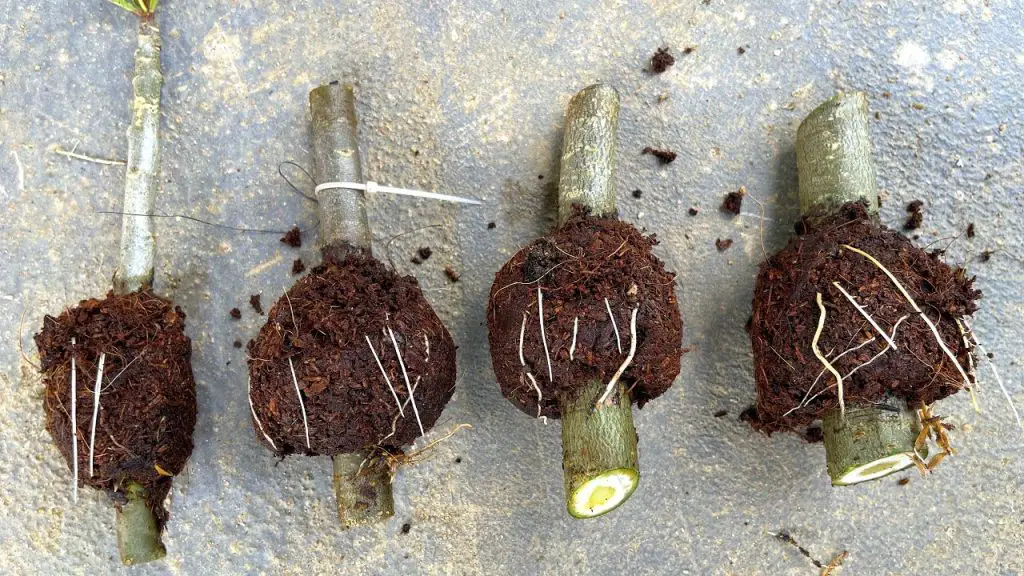Propagating native flowers is an excellent way to enhance biodiversity in your garden while supporting local ecosystems. Native plants are adapted to the local environment, requiring less water and maintenance than non-native species. Here’s a comprehensive guide on how to successfully propagate native flowers.

Why Choose Native Flowers?
- Ecological Benefits: Native flowers provide essential habitats and food sources for local wildlife, including pollinators like bees and butterflies.
- Low Maintenance: Once established, native plants typically require less care and are more resilient to local pests and diseases.
- Aesthetic Appeal: Native flowers add natural beauty to your landscape, showcasing local flora.
Methods of Propagation
There are several methods for propagating native flowers, including seeds, cuttings, and division. Here’s how to use each method effectively.
1. Seed Propagation
Gathering Seeds:
- Collect seeds from mature native flowers in late summer or early fall. Ensure you are harvesting from healthy plants and follow any local regulations regarding native plants.
Preparing the Seeds:
- Clean the seeds to remove any debris. Some seeds may require stratification (cold treatment) to encourage germination.
Sowing Seeds:
- Fill seed trays or pots with a well-draining potting mix. Sow the seeds according to the recommended depth for each species. Water gently and place in a location with bright, indirect light.
Caring for Seedlings:
- Keep the soil consistently moist until the seeds germinate. Once seedlings are large enough to handle, transplant them into larger pots or directly into the garden.
2. Propagation by Cuttings
Selecting Cuttings:
- Choose healthy stems from established native plants. The best time to take cuttings is during the spring or early summer.
Preparing the Cuttings:
- Cut 4-6 inch sections from the tips of the stems, ensuring each cutting has at least one leaf node. Remove the lower leaves to reduce moisture loss.
Rooting the Cuttings:
- Dip the cut end in rooting hormone (optional) and plant it in a pot filled with a well-draining mix. Water lightly and cover with a plastic bag or humidity dome to maintain moisture.
Monitoring Growth:
- Place the pot in a warm, bright area with indirect sunlight. Check for roots in a few weeks, and once established, transplant the cuttings into the garden.
3. Division
Choosing Plants to Divide:
- The best candidates for division are mature native plants that have outgrown their space or become crowded.
Dividing the Plants:
- In early spring or fall, carefully dig up the plant, taking care not to damage the roots. Use a sharp spade or knife to divide the root ball into sections, ensuring each section has roots and shoots.
Replanting:
- Immediately replant the divisions in well-prepared soil, watering them thoroughly to help them establish in their new location.
Conclusion
Propagating native flowers is a rewarding and sustainable gardening practice that benefits both your garden and the local ecosystem. By using methods like seed propagation, cuttings, and division, you can enjoy the beauty and resilience of native plants while supporting biodiversity. Start your journey toward a thriving native garden today, and watch as your efforts contribute to a healthier environment! Happy gardening!



